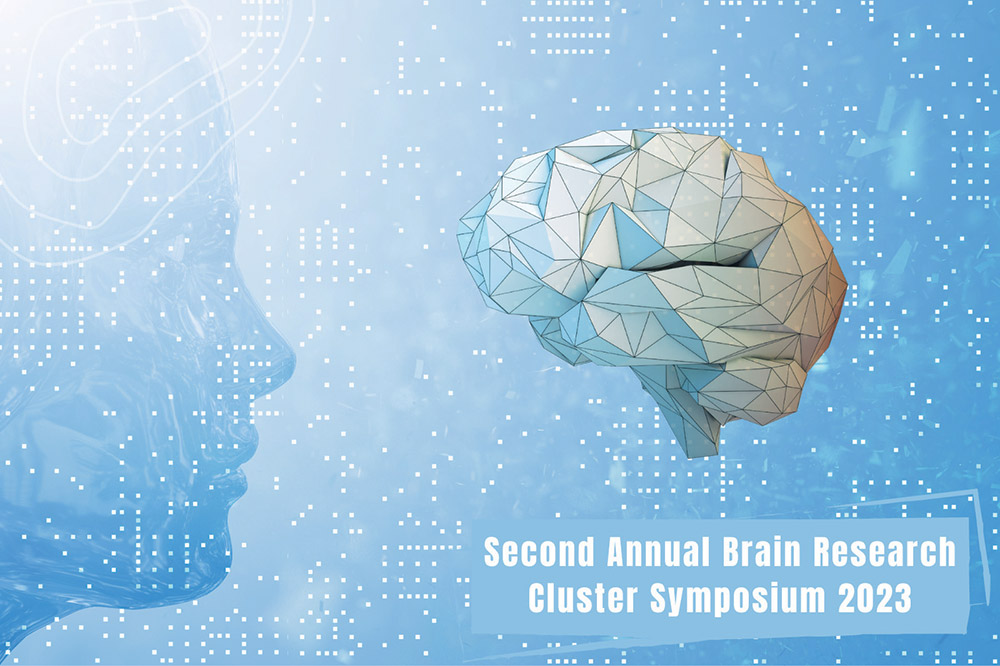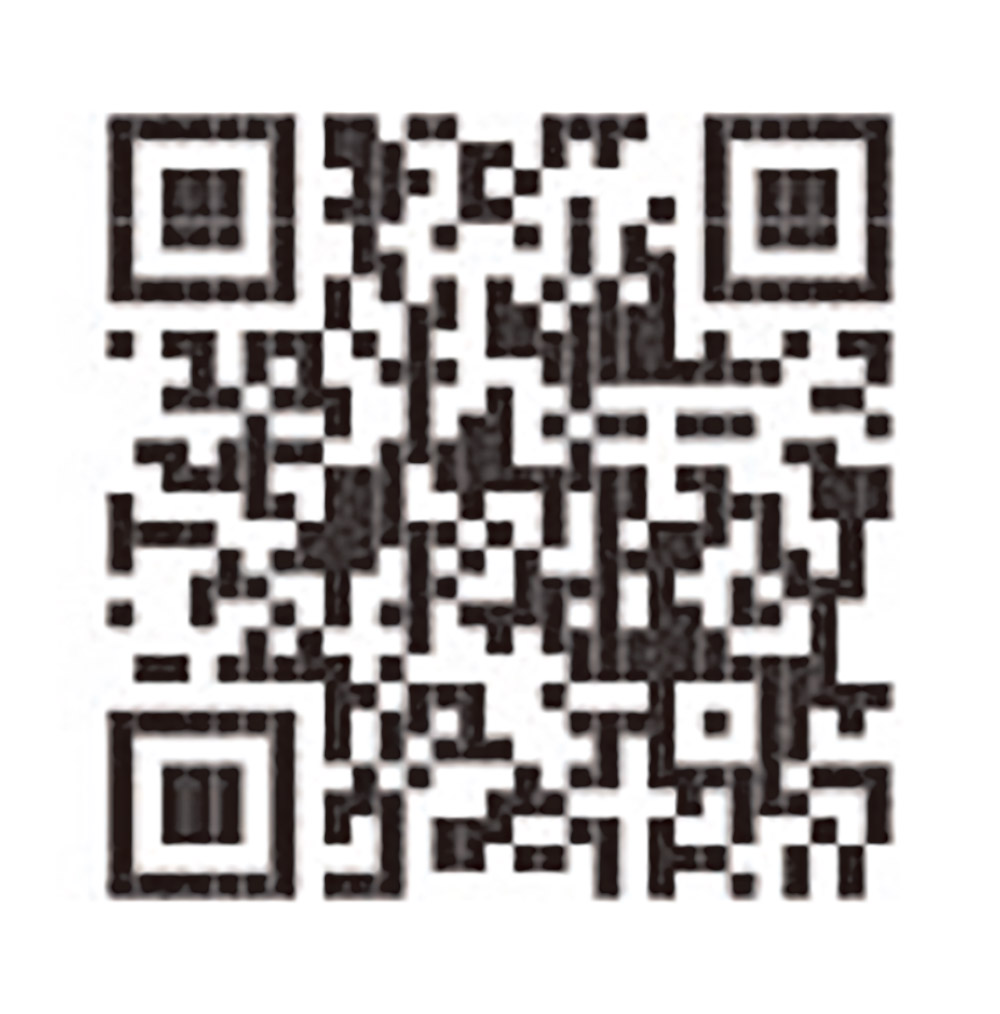Brain Research Cluster Symposium Sparks Advancements in Neuroscience
CityU’s College of Liberal Arts and Social Sciences (CLASS) established the Brain research cluster to promote research excellence in the study of the human brain and its impact on affective, behavioural and cognitive functions as well as on how individuals learn, communicate, feel and think using neuroscience and advanced information technologies.
As the research cluster has been active for two years, the Department of Media and Communication (COM) organised the Second Annual Brain Research Cluster Symposium in hybrid mode from 31 March to 1 April 2023.
Professor Fiona NAH Fui-hoon, convenor of the Brain research cluster and Professor from COM, began by greeting the 250 online participants and 50 in-person attendees. Professor Christine HUANG Yi-hui, Head of COM, then gave a welcoming speech emphasising the cluster’s objective of improving human well-being and devising innovative ways of collecting neuroscience data.
Professor Rene WEBER from the University of California, Santa Barbara, delivered the keynote speech titled “Media Neuroscience in the Communication Discipline—Select Examples from 2002 to 2022, and a Brief Look into the Future”. Weber introduced the combination of computational and neuroscience research, exploring media and morality through analysing movie scripts. Dr Ralf SCHM?LZLE from Michigan State University and Dr Jacob FISHER from University of Illinois Urbana-Champaign went on to discuss media neuroscience topics such as how human brains respond to messages from movies and how media influences attention.
Professor ZHEN Shanshan, Assistant Professor from CityU’s Department of Social and Behavioural Sciences, chaired the afternoon session. It included presentations by Dr HU Xiaoqing from The University of Hong Kong, who discussed the memory editing function of human brains during sleep, and Professor RAY LC, Assistant Professor from CityU’s School of Creative Media, who focused on avatar-mediated communication in social VR.
During day two of the symposium, Dr Yoona KANG from University of Pennsylvania presented experimental results on compassion intervention and mobile-based interventions for health behaviour. Additionally, Dr Bolton CHAU from The Hong Kong Polytechnic University shared his research project on the brain basis of decision-making.
The last session was chaired by Professor LI Jixing, Assistant Professor from CityU’s Department of Linguistics and Translation. Dr CAI Zhenguang from The Chinese University of Hong Kong showcased findings on human-like linguistic abilities in Large Language Models and experiments on ChatGPT. Building on the same topic, Dr KONG Lingpeng from The University of Hong Kong discussed syntactic parsing and machine translation under in-context learning.
Overall, the two-day symposium has brought new ideas on applying neuroscience in media and communication, psychology and linguistics.




